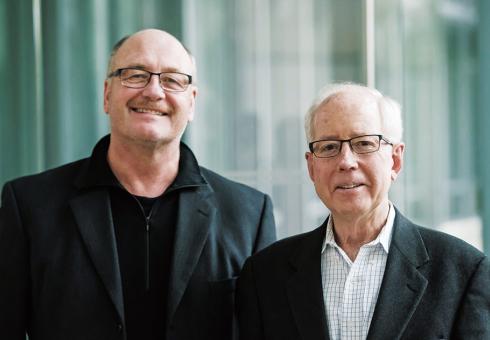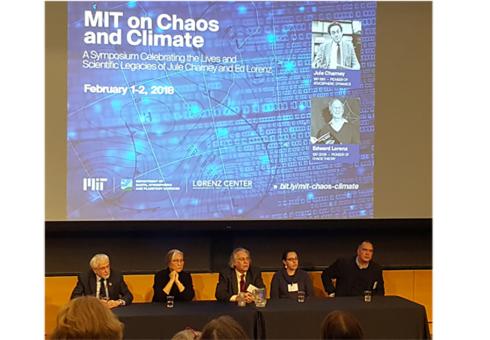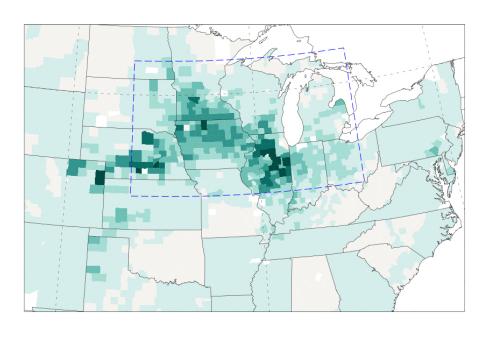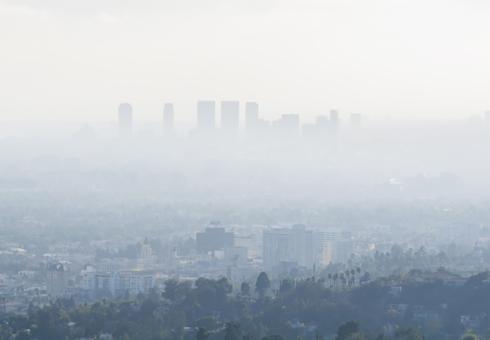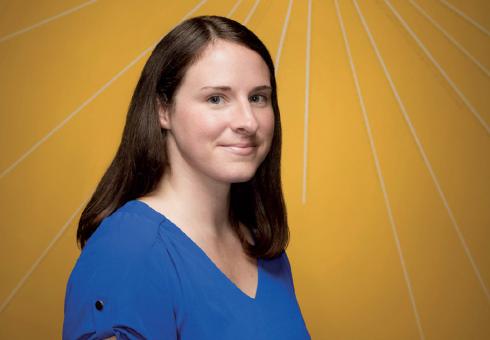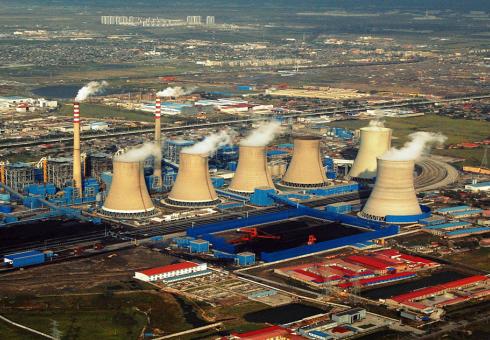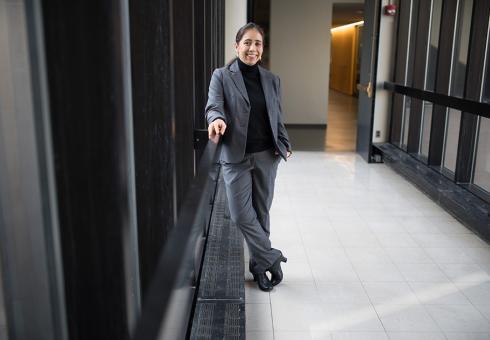CS3 In the News
How Valerie Karplus and her transpacific team helped to put climate-critical commitments on the table
A landmark platform models the range of ways a changing climate may affect humanity, and vice versa
Trailblazing scientists Jule Charney and Edward Lorenz gave us numerical weather prediction and chaos theory, highlighting the value of basic research
An increase in corn and soybean production in the Midwest may have led to cooler, wetter summers there
Francis O’Sullivan and Christopher Knittel, co-directors of the MITEI Low-Carbon Energy Center for Electric Power Systems Research, are exploring cleaner, more reliable, and more cost-effective solutions
Professor of atmospheric chemistry honored for her contributions to atmospheric science
MIT Professor Kerry Emanuel explains the science behind climate change, as well as the associated risks and how to quantify them
Research shows the Clean Air Act was likely responsible for a dramatic decline in atmospheric organic aerosol
MIT Joint Program Research Scientist Kenneth Strzepek shares expertise in BBC World Service Newsday interview, starting at 31:12
MIT Energy Futures: Why including non-carbon options is key
An analysis by MIT researchers shows that when electric power companies are planning to invest in new generating facilities but face the possibility of future limits on carbon emissions, they can reduce their long-term economic risk by having at least 20% of the new generation come from non-carbon systems such as solar and wind. Coal or natural gas plants are less expensive initially, but they might have to be shut down prematurely if a carbon cap is put in place in the coming decades. Non-carbon systems are more costly to build, but they’re relatively inexpensive to operate, so companies will continue to run them, even if there’s no restriction on carbon emissions. The researchers’ novel method of incorporating expectations about future emissions policies into the decision-making process identifies an investment strategy that can as much as halve cumulative costs to the US economy, potentially saving more than $100 billion over the long term.
Grist commentary cites Joint Program research assistant Emil Dimantchev's analysis of China's new carbon emissions trading system (Additional Coverage: Salon.com)
MIT’s Janelle Knox-Hayes studies the cultural issues behind climate policy


